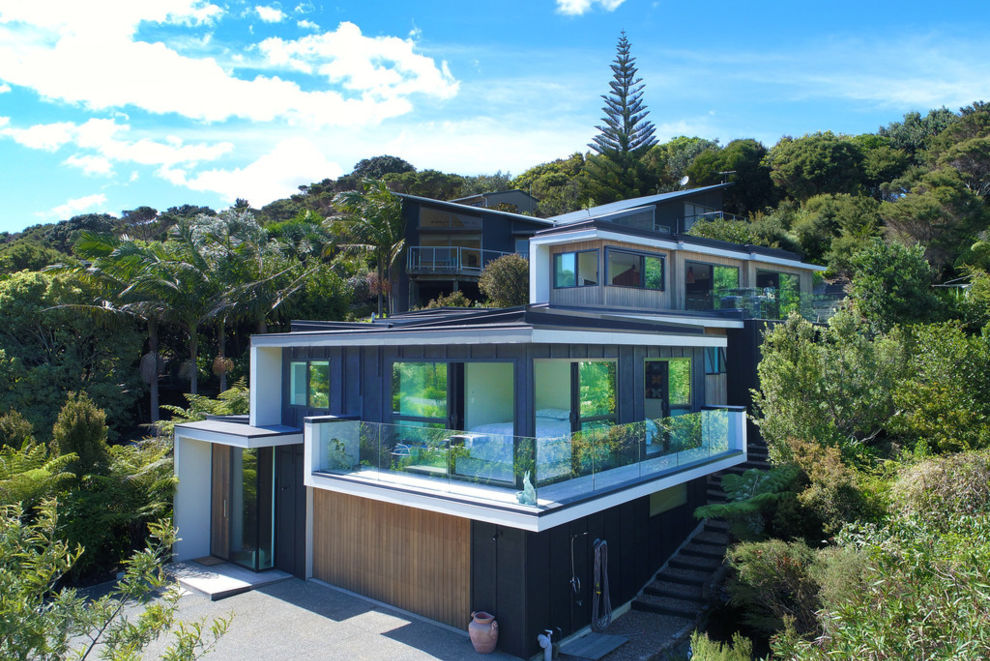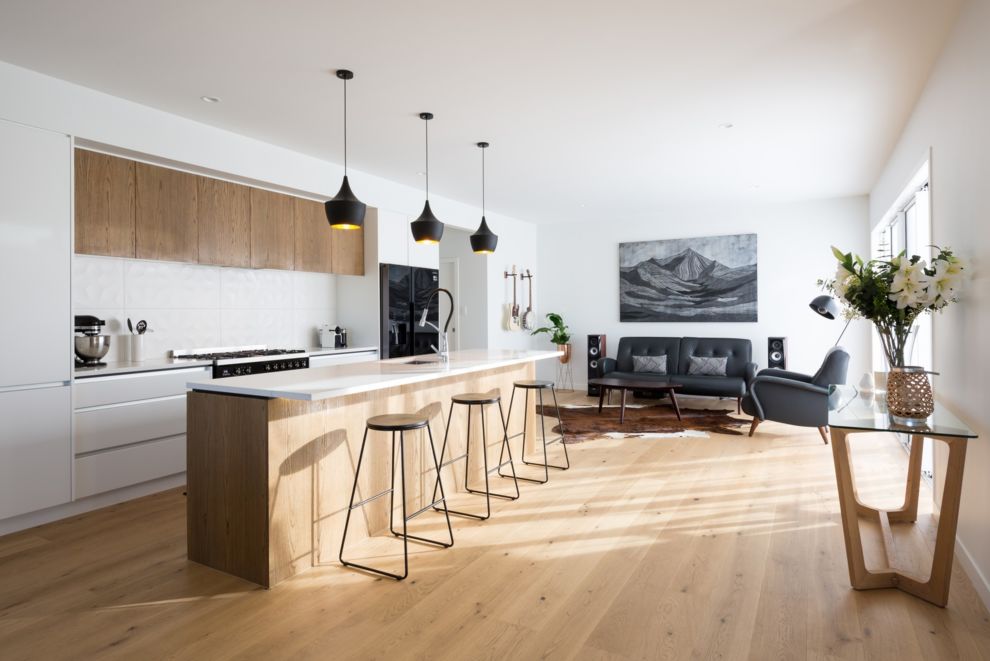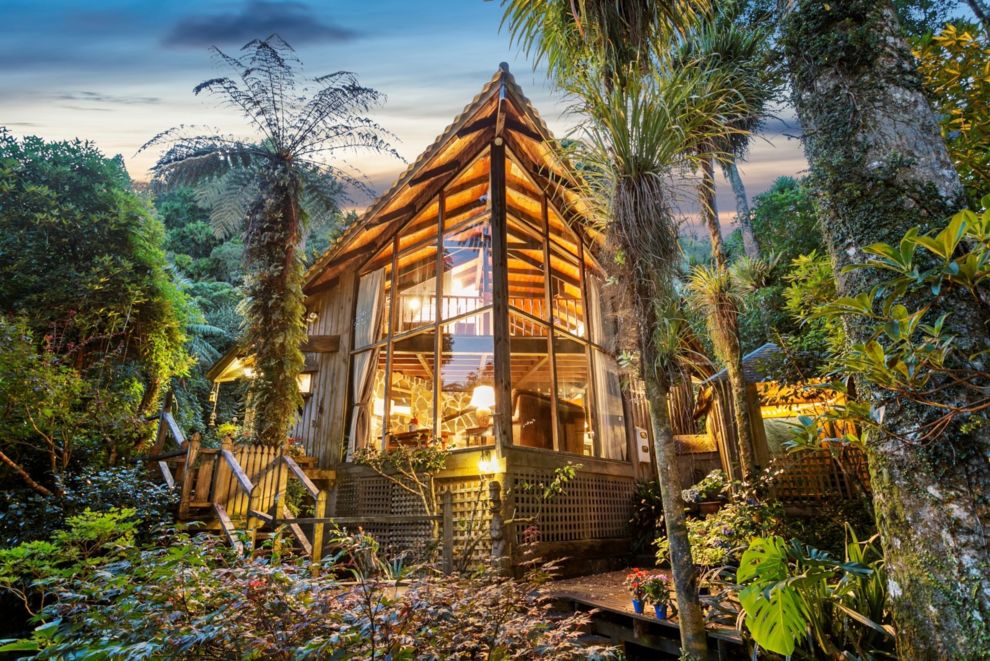Building is, by its very nature, not overly environmentally friendly. Lots of energy and materials go into creating products for your house but we need somewhere to live. Whether you are building new or adding to an existing home, here’s how to make your home more eco-friendly and energy efficient.
Utilise your site
A great place to start is the position of your house and site design. If you are building a house, think about how you can best get the winter sun inside your home. This can be an easy way to keep your home warm in winter. Another consideration is how you can use vegetation for shade and temperature control within your house over summer to save energy.

Selecting design materials
Consider the materials used when designing your home – how can you use nature to achieve all year-round comfort? This could mean using concrete flooring for passive solar gain in winter, and overhangs on a roof for shade in summer. Where appropriate see what recycled and salvaged materials you can use in your home. An easy one for both new builds and renovations is to specify water-efficient appliances and energy-efficient appliances and lighting. It’s worth remembering if you can’t afford everything now, future-proof by installing appropriate pipes into your house and/or concrete slab so you can install solar hot water and hot water heating later on.

Choosing an architect or designer
When choosing your designer, be well-informed and clear about what you want and then choose someone who understands what you want and with whom you can work. Ask how experienced they are at designing sustainable houses and ask to see examples of their work.

Future proof your home: 10 steps to long-term sustainability
It’s not always viable to make all your changes at once, but when you do any DIY work or renovations in the future, keep in mind these 10 tips for long term sustainability:
- Design your home to take advantage of its location while saving power, water and money.
- Use environmentally friendly materials where possible.
- For maximum natural light, make good use of windows and skylights.
- Good-quality insulation, correctly installed, will make your house easier and cheaper to heat – install higher-ratings than the minimum requirement.
- Build water efficiency into your home through low-flow showers and toilets and grey water recycling where possible.
- Good ventilation creates a healthy home – high moisture levels are linked to health problems like asthma and eczema and is harder (and more expensive) to heat.
- Double-glazing will insulate your house while letting heat in to encourage passive heating. Investigate modern thermal window joinery.
- Reuse or recycle building and renovation waste.
- Good design and material selection can achieve high standards of energy-efficiency for little or no additional cost.
- For internal finishes, use good insulators such as curtains and carpets and use products such as paints that are made with the environment in mind.
This article first appeared in the New Zealand Building Guide. Read more about building your dream home at buildingguide.co.nz.
30 Mar 2018

